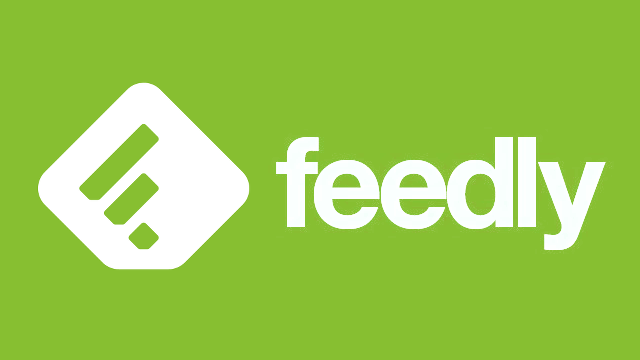A
Conceptual Framework for Technology-Assisted Learning

Technology according to Wikipedia is:
The
making, modification, usage, and knowledge of tools, machines, techniques,
crafts, systems,Method
of organization, in order to solve a problem, improve a preexisting solution to
aproblem,
achieve a goal or perform a specific function. It can also refer to the
collection of suchtools,
machinery, modifications, arrangements and procedures.
Through the use of cell phones, iPods,
tablets, video games, and computers of all forms and sizes people are becoming
not only more technologically informed but connected as well (Bauer, 2014).
These devices or tools all have the capability of accessing the internet
therefore, making it easier and affordable for people around the globe to
communicate more efficiently. As the journey begins in the University of
Florida’s online technology assisted music learning course, the following objectives
were examined:
- Describe
the significance of technology in today's world and people's lives.
- Discuss
the role of technology in general education.
- Provide
examples of Technological Pedagogical and Content Knowledge (TPACK) in
music education.
- Establish
a digital Personal Learning Network
Technology is
used by everyone today whether or not they want to or even realize it. Younger
people are having an easier time integrating or using technology in their life
than older people because they were born during a time when technology was
already a part of just about everything. This has led to youths being characterized
as digital natives and adults as digital immigrants (Bauer, 2014).
Teachers are
challenged with finding ways to include technology in their teaching. This has
caused small to moderate gains in student learning compared to when no
technology was incorporated (Tamim, Bernard, Borokhovski, Abrami, and Schmid
2011).
Incredibox is
an app that allows teachers to introduce rhythm and music mechanisms like form.
It allows students to increase their creative skills by using beatboxers that
come with the program. This is an example of Technological Pedagogical and
Content Knowledge (TPACK) in music education. Here is the link to the site as
well as two projects I worked on this week:

A Digital Personal Learning Network is a collection
of resources that are available to you on demand.They include people that you
communicate with that may have expertise in a subject of interest and things
such as blogs. Wikis, podcast etc. (Bauer, 2010). An RSS or Really Simple
Syndicaion is a thread that connects the technology in the PLN. The RSS reader
that I am presently experimenting with is Feedly and can be found at: http://feedly.com.

References
Bauer,
W. I. (2014). Music learning today: Digital pedagogy for creating, performing,
and responding to music. New York, NY: Oxford
University Press.
Bauer,
W. I. (2010). Your personal learning network: Professional development on
demand. Music Educators Journal, 97, 37-42. http://mej.sagepub.com/content/97/2/37
Tamim,
R. M., Bernard, R. M., Borokhovski, E., Abrami, A. P., & Schmid, R. F.
(2011). What forty years of research says about the impact of
technology on learning: A second-order meta-analysis and validation study. Review of
Educational Research, 81 (1), 4-28.
Doi: 10.3102/0034654310393361.